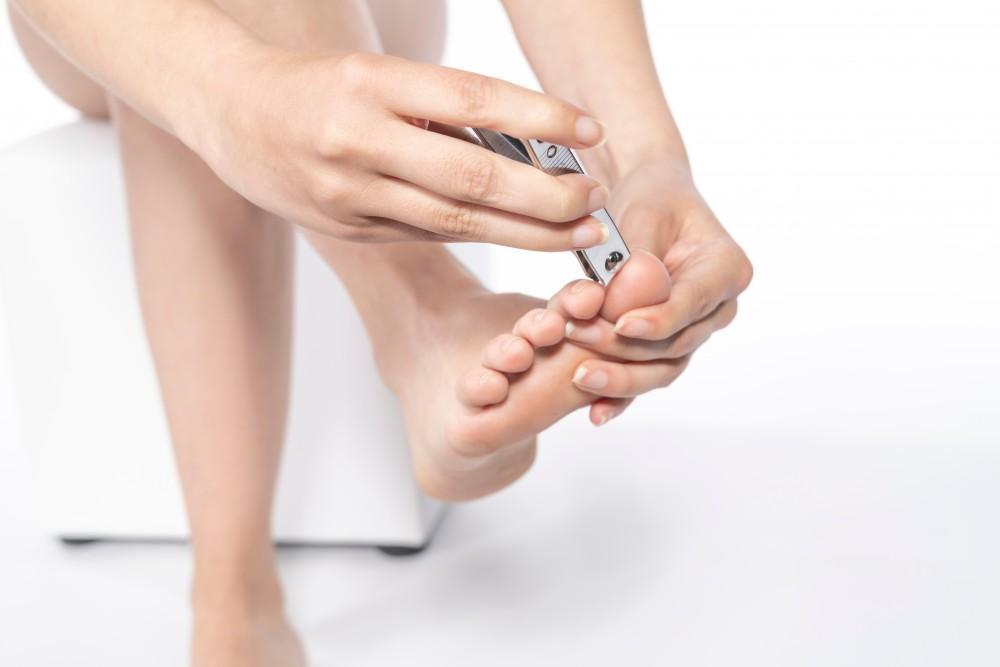
How to Avoid an Ankle Fracture

Ankle injuries are extremely common, regardless of your lifestyle or activity level. Most ankle injuries are relatively minor and heal on their own with rest. But ankle fractures are much more serious, sometimes even requiring surgery.
A fracture is another word for a break in the bone. A broken bone requires some type of medical intervention, which can include resetting the bone in place or even surgery to repair it.
Take note that you can do quite a bit to reduce your risk of breaking your ankle. Joseph DiMenna, DPM, David DiMenna, DPM, and Joseph Bakanas, DPM of the Family Foot and Ankle Center of South Jersey explain more about how you can try to avoid an ankle fracture.
Symptoms of an ankle fracture
When your ankle is hurting, it might not be obvious whether you have a sprain or fracture. Aside from the pain, several key differences can indicate a fracture:
- Pain, swelling, bruising, or tenderness at your ankle joint
- Inability to move your ankle through its full range of motion
- Inability to put weight on your ankle. (However, don’t assume that your ankle isn’t broken if you’re still able to stand.)
- In some cases, a “snap” or “crack” in the ankle at the time of injury
- In open fractures, the ankle bone may be sticking through your skin
If you’re uncertain whether you’ve fractured your ankle, you should always seek emergency medical treatment and follow up with our office the next day.
Stabilize the joint
Particularly if you’ve previously injured your ankles, you’re more likely to have unstable ankle joints. Having unstable ankle joints puts you at an increased risk of injury because you’re more likely to twist or turn your ankles during situations that are otherwise low-risk.
Sports are not the only type of activity that can result in injury with ankle instability.
You can stabilize your ankle joints by wearing braces that are prescribed for you. Protective gear includes braces and compression sleeves, which can really help keep your ankles stable, especially if you’re running or playing sports.
Be cautious about surfaces
Some surfaces are naturally more dangerous to walk on than others and present more of a risk for an ankle fracture. Ice, wet, rocky, and uneven surfaces can put you at greater risk of a trip or fall that could result in an ankle fracture.
Wear stable footwear
Podiatrists and orthopedic surgeons frequently emphasize choosing the right footwear, and for good reason: Your footwear significantly affects your risk of injury.
Common shoe types like flip-flops and high heels make it much more likely that you’ll trip or twist your ankle, which could result in a fracture.
Exercise and stretch
Unfortunately, after you injured your ankle once, you’re much more likely to do it again. Physical therapy can often help you avoid these injuries by teaching you exercises and stretches to strengthen your ankles.
Doing ankle circles and tracing the alphabet with your big toe can help to build strength in your ankles. Stretching your calves before exercise can also help prevent injury.
Whether you have ankle pain or instability, or you think you might have fractured your ankle, you need to see a top-notch orthopedic surgeon. Call today or request an appointment online at our Cherry Hill, New Jersey location anytime.
You Might Also Enjoy...


5 Ways to Keep Your Bunion Pain to a Minimum

Gout: What Is It and How Can I Get Rid of It?

Complications of an Untreated Ankle Sprain

Suspect You’ve Broken Toe? How To Tell and What to Do


